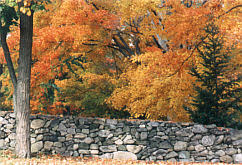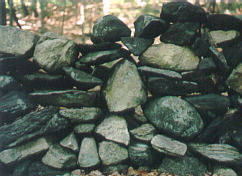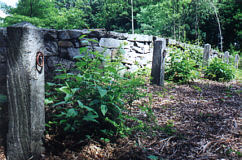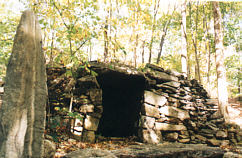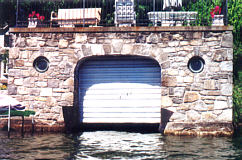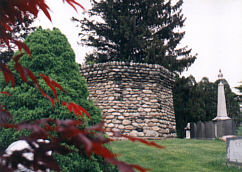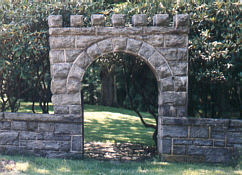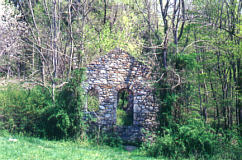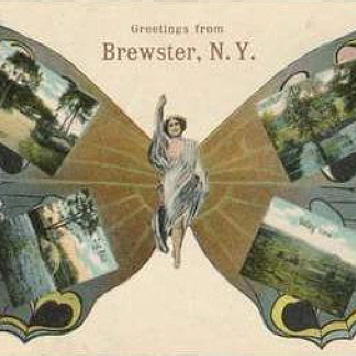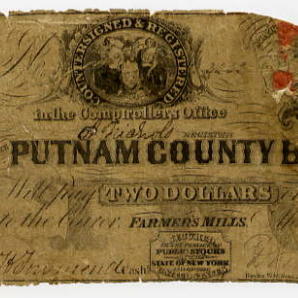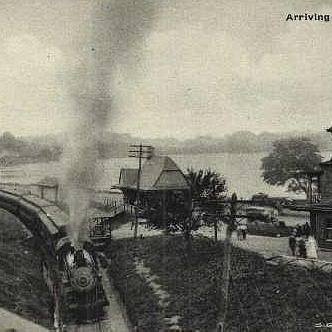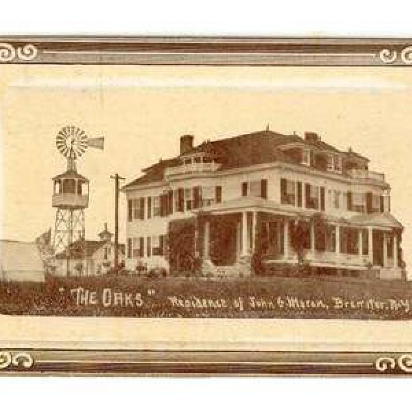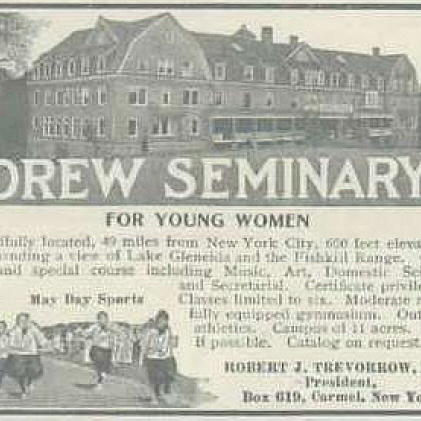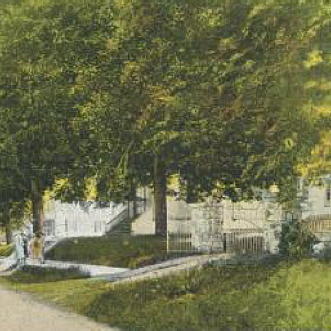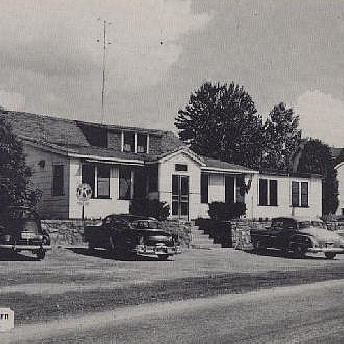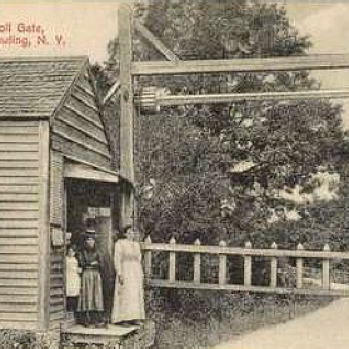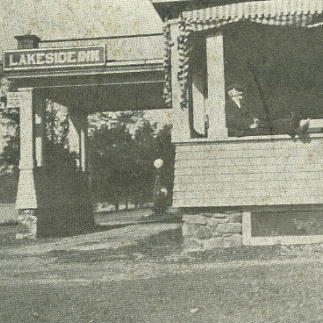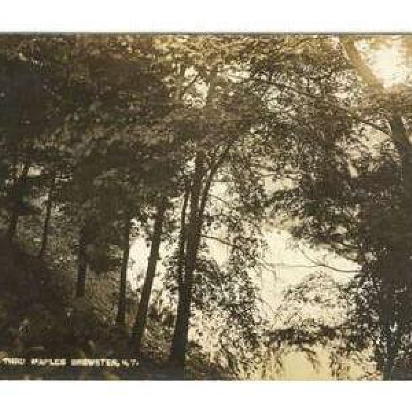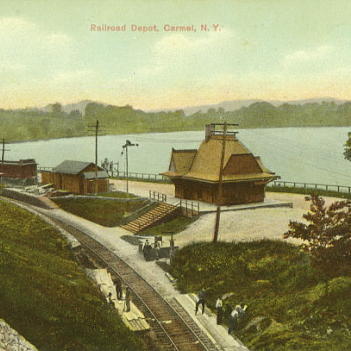A photographic essay of the unique, historic, ornamental and utilitarian stone structures of Putnam County. Photos by Dell Jones and Carol A. Turrentine.
The images in this exhibition were first displayed in the “Stone Structures of Putnam County” 2000 exhibition, which was funded in part by the Putnam Arts Fund, a program supported by public funds from Putnam County and administered by the Putnam Arts Council. Much of the text is from that original exhibit. Edits and additional notes, 2002 Danielle Cylich.
The natural countryside of Putnam County tells a unique tale of industrious farmers, immigrant laborers, local entrepreneurs and fearless visionaries. It’s a mix of rural stories and big city influences interwoven to create picturesque landscapes and stately made-man structures. These tales are explored in this photographic essay of Putnam County’s stone structures.
Stone walls run throughout the countryside, delineating boundaries between neighbors and lining hundreds of miles of county roads. During the 19th century often there was no land ownership and squatter walls such as this on Wood Street, Putnam Valley, were built to delineate boundaries by private individuals. Photo by Carol A. Turrentine.
This “lace” stone wall, with its airy construction is part of a series of stone walls fencing in property currently owned by the Russian Orthodox Church, off Route 6, Mahopac. Photo by Carol A. Turrentine.
Drewclift Cemetery in Southeast, dates to the early 1800’s and is the family burial grounds of Daniel Drew a Wall Street financier who promoted early railroad and steamboat ventures. He also founded Drew Seminary in Carmel (currently offices of Guideposts). The granite hitching posts act as silent sentinels outside the cemetery walls. While not open to the public, the town of Southeast has devoted resources to restoring the cemetery. Photo by Dell Jones.
A stone cellar, Putnam Valley. Photo by Carol A. Turrentine.
Stone boathouses can seen while boating on Lake Mahopac. The Lake was a vibrant summer community in the later part of the 19th century, attracting many visitors from New York City who traveled north via the Putnam Line Railroad. They stayed in the many hotels on the lake, or built their own homes on the water. Photos by Dell Jones.
This gazebo, built in the early twentieth century to highlight the view looking north up the Hudson, sits on the present day Garrison Golf Club, Route 9, Garrison. Originally, the property was Bill Brown’s Health Spa. The gazebo along with other stone structures lined hiking and bridal paths laid out for guests to experience as they exercised. The well house structure was designed as a ruin (also known as a folly) to add a sense of history, but also serving as a destination along the paths of the spa. Photos by Dell Jones.
Water holding tank constructed at the turn of the 20th century, Raymond Hills Cemetery, Carmel. Photo by Carol A. Turrentine.
The castle-like turret on this archway lining the property of Seth Howes, matches the grandeur of Howes’ home Morningthorpe on Turk Hill Road in Southeast. Howes was a very successful circus entrepreneur in the mid-1800’s. His architectural influences are also reflected in the St. Andrew’s Episcopal Church in Brewster, which he helped fund. Photos by Carol A. Turrentine.
Ruins of a stone cottage constructed of cobblestones with Romanesque arches in Fahnstock Memorial Park, Dennytown Road, Putnam Valley. Photo by Dell Jones.
